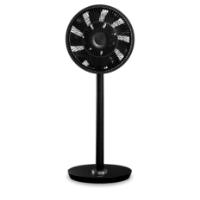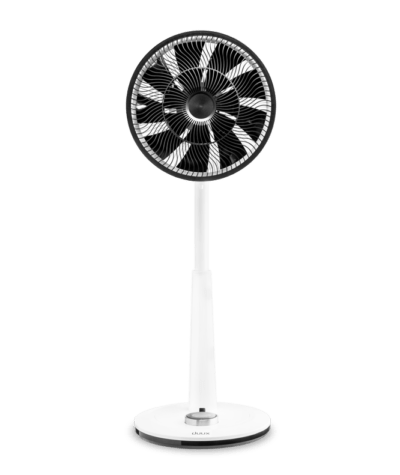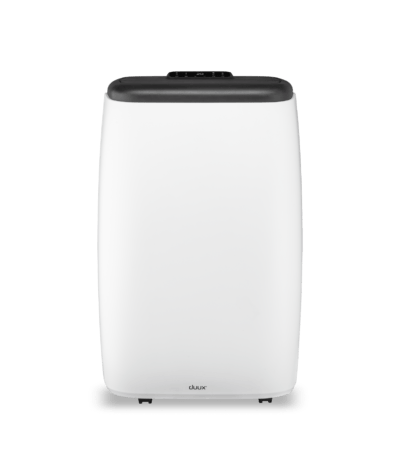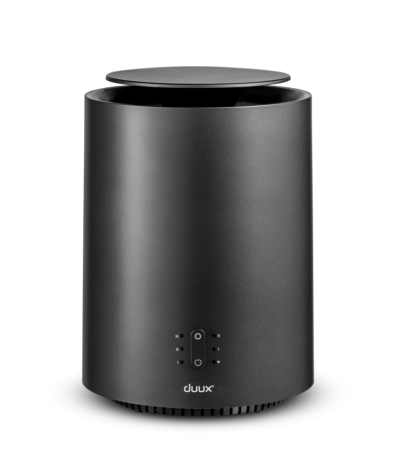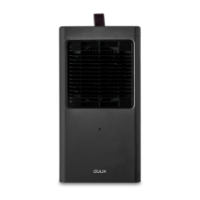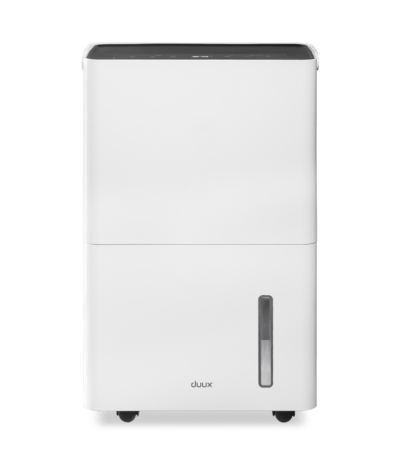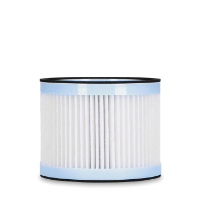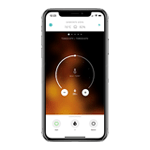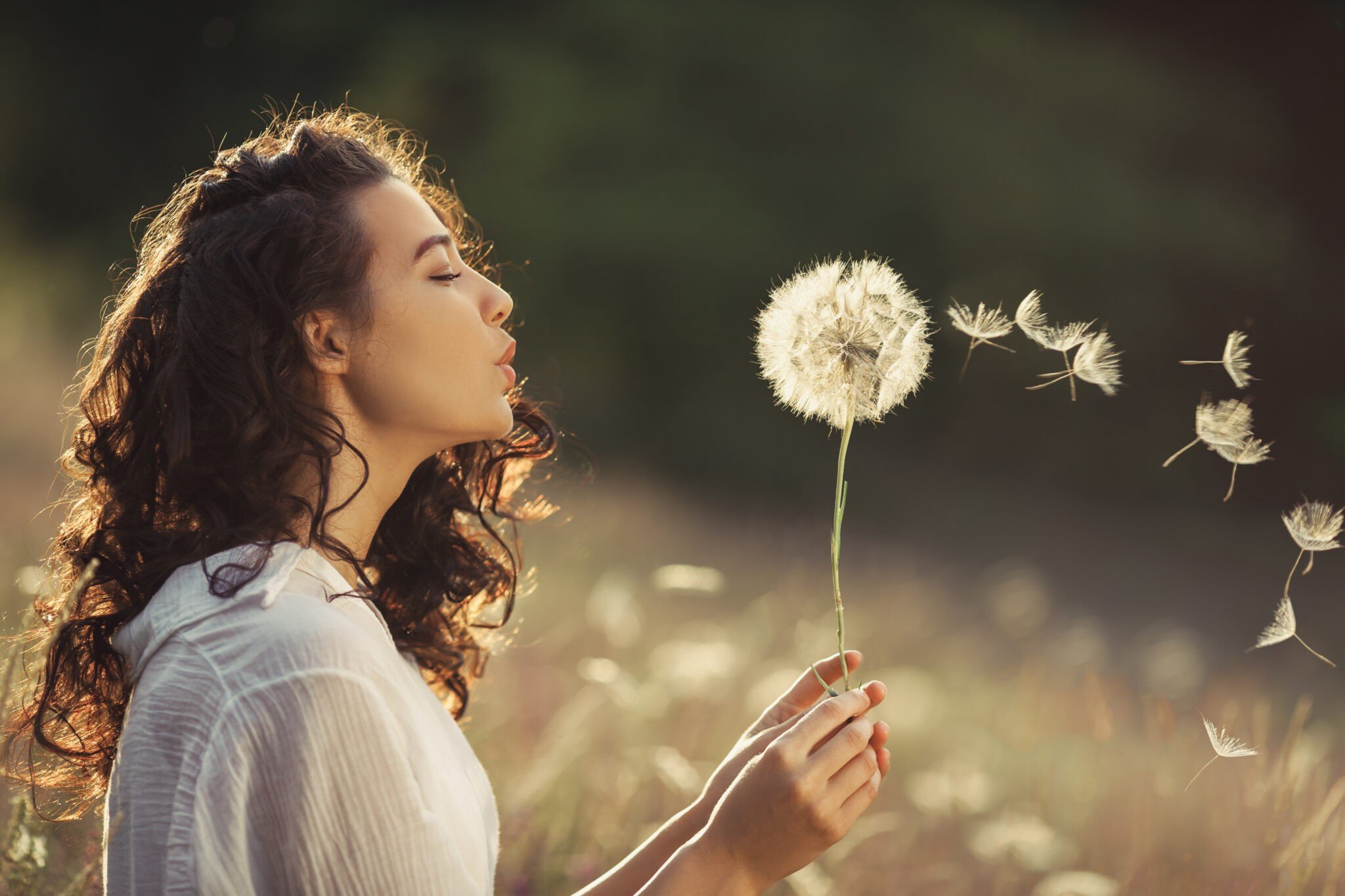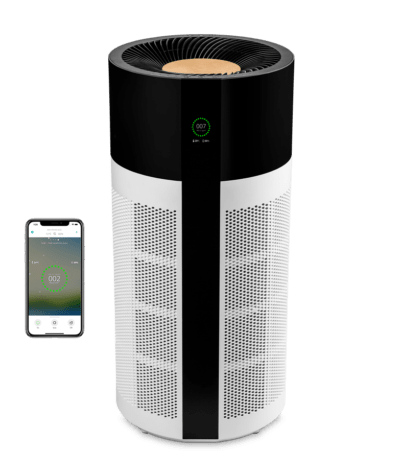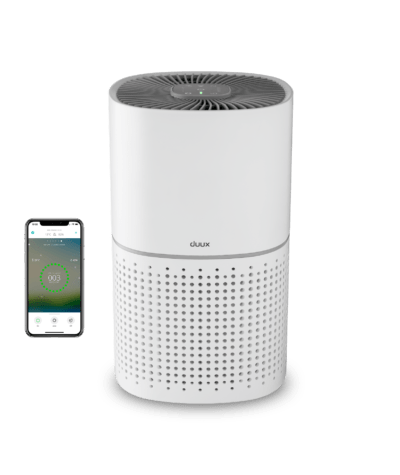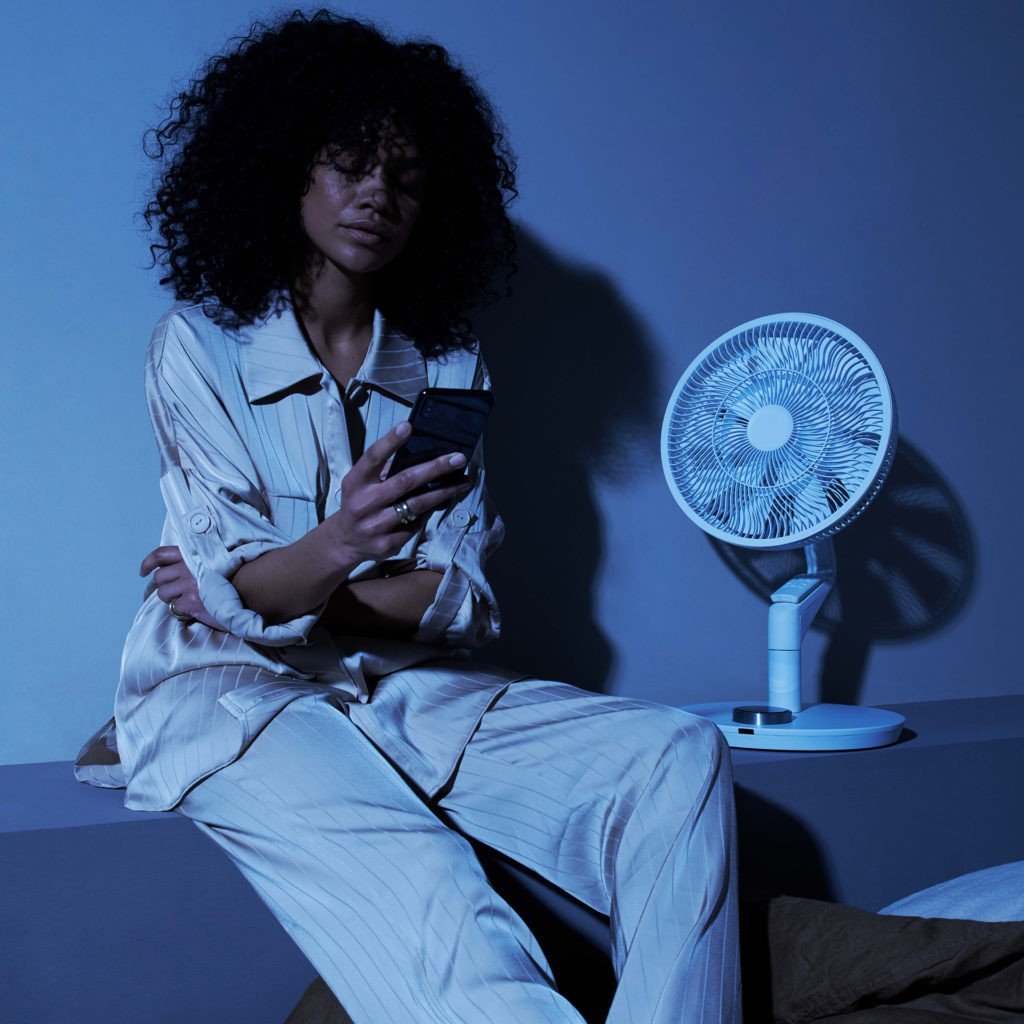Reduce hay fever symptoms with a HEPA filter air purifier
After the long, dark days of winter, everyone is looking forward to the first rays of sunshine and signs of dawning spring. Leaves appear on the trees and the first flowers and grasses bloom. While this sounds like the ideal scenario for many people, at the same time millions of pollen are created which start floating through the air. Hand in hand with spring, hay fever season has also begun.

How does hay fever occur?
Hay fever is an allergic reaction to the pollen from grasses, plants or trees. This pollen, better known as pollen, when inhaled can irritate the mucous membranes in people with hay fever. As a result, the immune system triggers an initial inflammatory response that leads to sneezing, stuffy nose and burning eyes. Sometimes these symptoms can even progress to fatigue, wheezing or even asthmatic symptoms. These discomforts can significantly interfere with daily activities.
What are pollen?
Pollen is powder or pollen from trees and plants that is given off as soon as these crops are in bloom. Pollen is about 15 micrometers in size and just about detectable by the human eye.
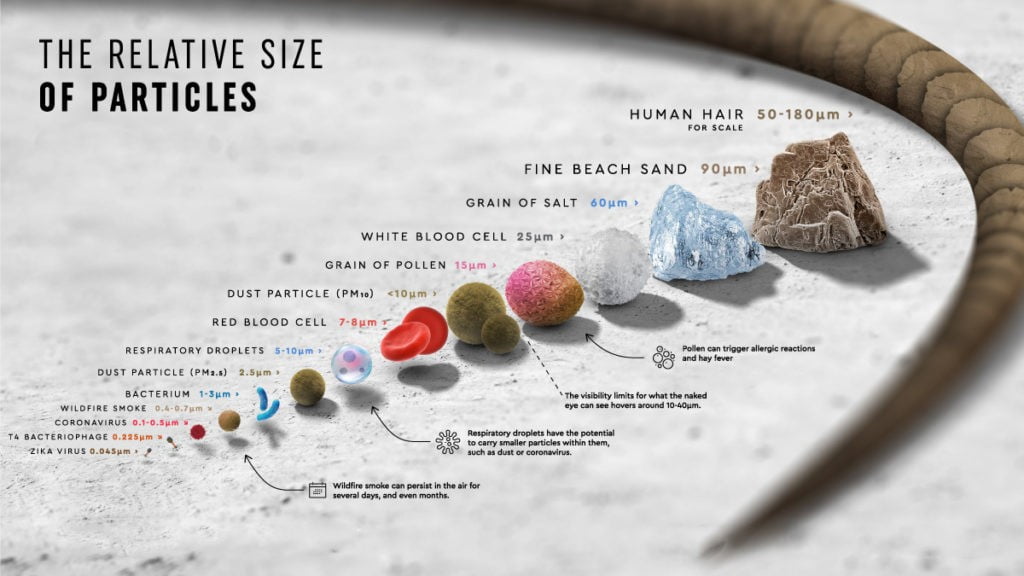
Pollen is about 10 times smaller than the diameter of a human hair, but 10 times larger than a bacterial particle.
What can I do to reduce symptoms?
If the above symptoms seem familiar, the first thing to do is to consult a doctor. Fortunately, the necessary medication already exists to slow down the first hay fever symptoms. In addition, it is advisable to stay indoors when there is a gentle spring breeze and therefore extra large amounts of pollen in the air. If you do go outside, you can reduce eye irritation by using sunglasses. Also be aware that pollen can adhere to items of clothing. So changing your clothes after spending some time outside is not a luxury. Pets can also bring pollen with them.
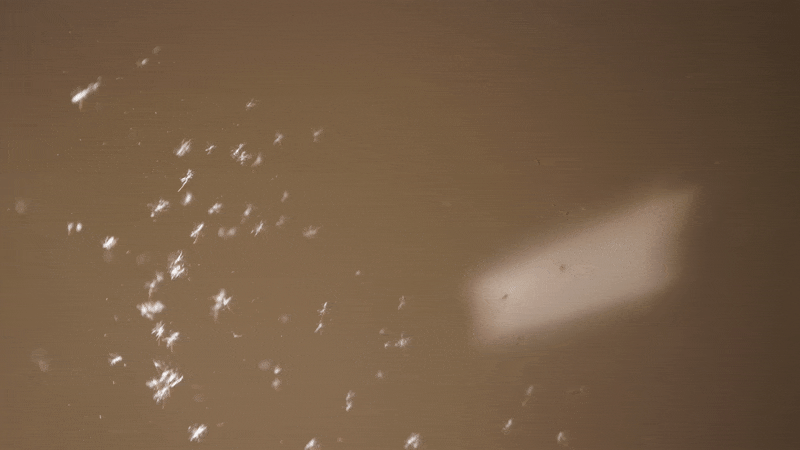
Are pollen also active indoors?
Unfortunately, the presence of pollen is not limited to our outdoor environment, but also invades our home. This happens simply by opening a window or through the ventilation system. To make your home as pleasant as possible during times of hay fever, it is important to maintain the air quality in the home. A air purifier with a HEPA filter and ionizer can help with this.
How does a air purifier with HEPA filter work?
The HEPA H13 filter in Tube captures 99.97% of all small dust particles, pollen, allergens and pollutants. The ionizer creates an electrical charge on the smallest particles in the air, causing them to fall down and be easily sucked up by the HEPA filter. Tube cleans a room of up to 75 square meters in just 20 minutes and can be controlled from anywhere with the Duux Smart App. So if you're on your way home from work, Tube ensures that the air in your home is cleaned as soon as you step over the threshold!
Are you looking for a compact air purifier that you can easily move with you once you change rooms? Then Bright the solution. Bright cleans rooms up to 27 square meters, making it ideal for your bedroom (or other smaller rooms), where you spend the most time per day on average. Like Tube , this air purifier features a HEPA H13 filter and also removes unwanted cigarette or cooking odors thanks to its activated carbon filter.
-
 TubeCHF 449.00
TubeCHF 449.00 -
 Bright BlackCHF 189.00
Bright BlackCHF 189.00 -
 Bright WhiteCHF 189.00
Bright WhiteCHF 189.00
Tips: What else can you do about hay fever?
In addition to using a air purifier in your home, the following tips can help you reduce symptoms:
- Try to avoid rural areas as much as possible during times of high pollen concentration. Also be careful in the city: exhaust fumes can aggravate hay fever symptoms.
- Wash your bedding regularly and try to keep your home as dust-free as possible. This way you will prevent pollen from resurfacing.
- Try to keep your windows closed as much as possible. Especially when there is wind. Anti-poll screens can also help.
- On sunny spring days, try to stay indoors when there is a breeze. Pollen concentration is at its highest then.
- Keep the grass in your yard mowed short to keep it from coming into full bloom.
- Find out about possible vacation destinations in advance. Check flowering times or choose a destination where there is less pollen in the air. Consider sea or mountain areas.
- Try to figure out which pollen you react most violently to and adjust your garden accordingly.
- Keep the windows in your car closed as much as possible to avoid blowing in pollen. Also be careful when using a ventilation system.
- Put on sunglasses to protect your eyes from pollen. Also, wash your hands regularly and try not to rub your eyes when itching.
- Find out which pollen you are most allergic to and check the pollen calendar to see when to expect these pollens.

